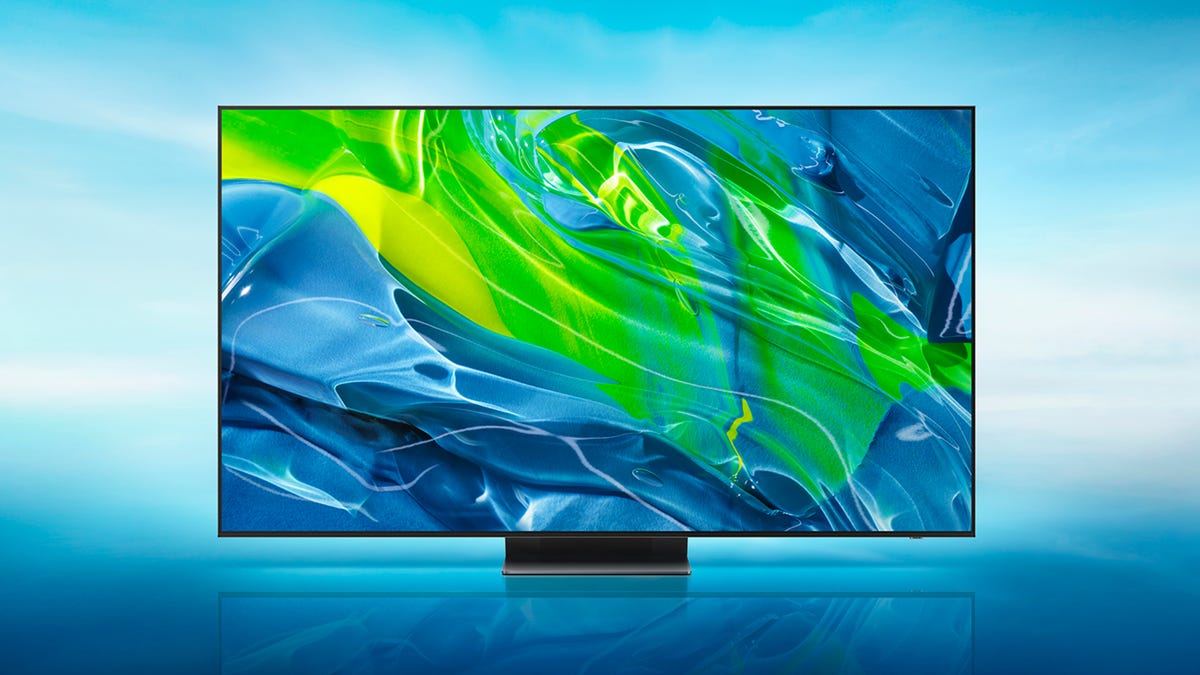I have a 2016 LG B6 OLED. The picture is amazing. As others have said, the contrast and colors are wonderful and there's no "dirty screen door" effect that you often get with LCD screens (although that's less likely to happen if you get a high-end LCD from one of the big 3 brands).
Unfortunately, I did get a couple spots of burn-in on my screen from static on-screen logos. I'm not one to keep the TV on all the time nor was the burn-in from a channel I watched for hours at a time. Maybe an hour per day. LG did me right though by replacing the panel even though the TV was nearly 3 years out of warranty. (I wouldn't have known to request the replacement had I not read of others' experience doing so on AVS Forum.)
I learned that with OLED, burn-in happens after the cumulative amount of time that a given pixel displays a certain color. It's not like plasma, where it happens only due to a static image being displayed for an extended single period. (Well, OLED can have temporary image retention from those instances but that quickly fades, unlike permanent burn-in.)
Now, my understanding is that LG and others have implemented technology since 2016 to make their OLEDs less susceptible to burn-in. Even so, I'm not sure I'd spend that kind of money on another, despite how great the image looks. I'm not one to buy extended warranties but if you do opt for an OLED, that might be the time to buy one, as charlesrshell did.
Unfortunately, I did get a couple spots of burn-in on my screen from static on-screen logos. I'm not one to keep the TV on all the time nor was the burn-in from a channel I watched for hours at a time. Maybe an hour per day. LG did me right though by replacing the panel even though the TV was nearly 3 years out of warranty. (I wouldn't have known to request the replacement had I not read of others' experience doing so on AVS Forum.)
I learned that with OLED, burn-in happens after the cumulative amount of time that a given pixel displays a certain color. It's not like plasma, where it happens only due to a static image being displayed for an extended single period. (Well, OLED can have temporary image retention from those instances but that quickly fades, unlike permanent burn-in.)
Now, my understanding is that LG and others have implemented technology since 2016 to make their OLEDs less susceptible to burn-in. Even so, I'm not sure I'd spend that kind of money on another, despite how great the image looks. I'm not one to buy extended warranties but if you do opt for an OLED, that might be the time to buy one, as charlesrshell did.


